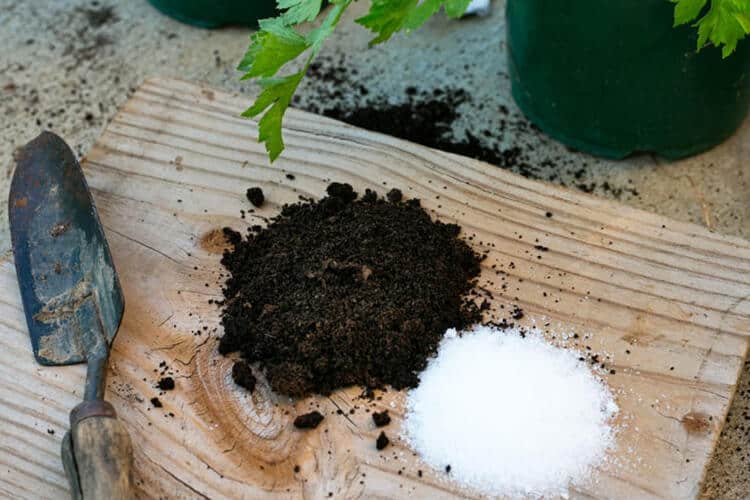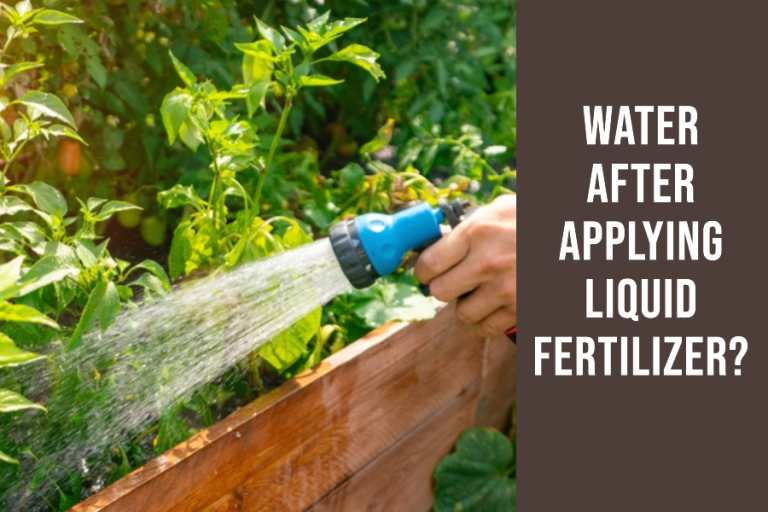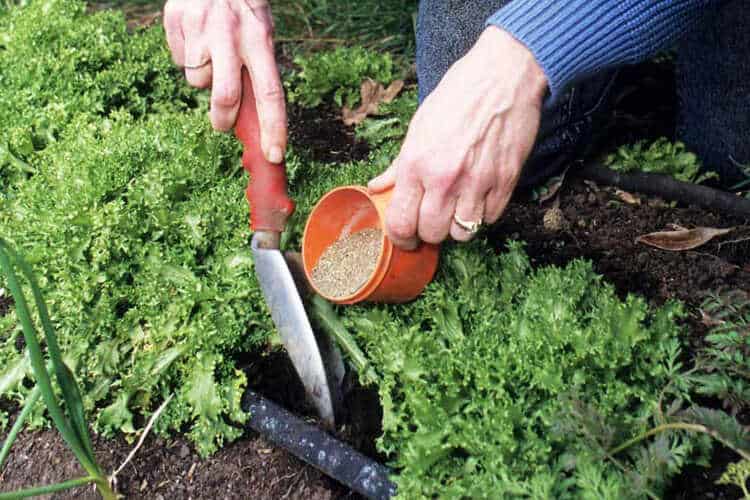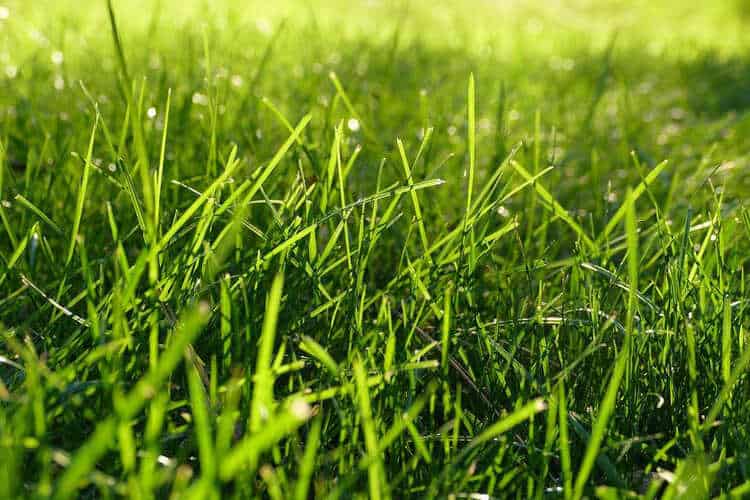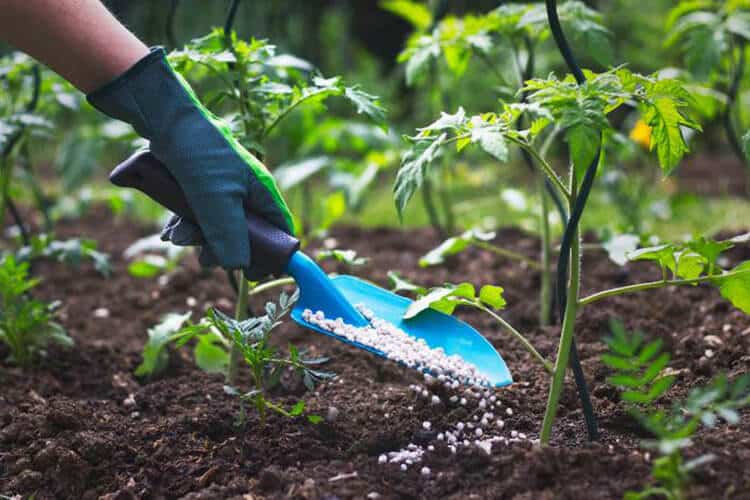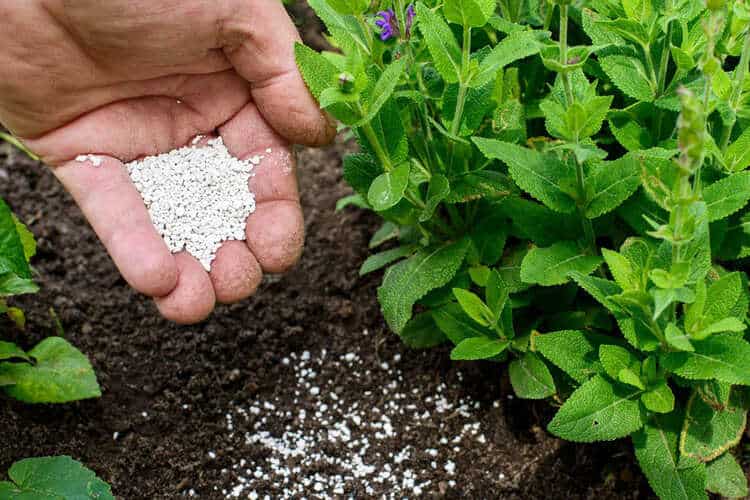Types Of Fertilizers: What Can They Offer To Your Plants?
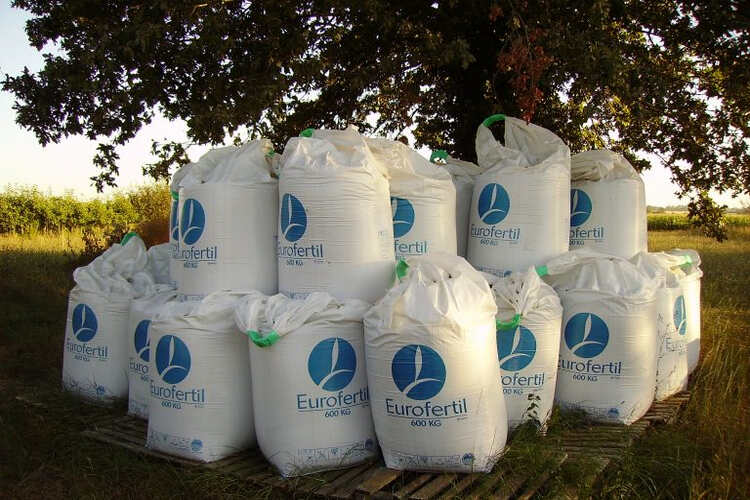
Every plant requires essential nutrients to thrive. Fertilizers are essential for providing nutrients to seeds and developing strong plants. So, what types of fertilizers are best for your crop? The answer depends on the specific crop you are planting and the stage of growth it is in. This article will help you understand the different types of fertilizers. Let’s learn how to properly nourish your plants!
Types Of Fertilizers
Based on the constitution, there are two main types of fertilizer: inorganic and organic. Each of them includes primary nutrients that benefit your plant’s growth.
Inorganic fertilizers
Inorganic fertilizers, also known as chemical fertilizers, contain one or more nutrient components essential for crop development. This fertilizer type comes with chemical-based means, including nitrogen, phosphorus, and potassium as main components.
Nitrogen fertilizers
Nitrogen fertilizers supply plants with the necessary nitrogen for growth and development. Nitrogen fertilizers play a crucial role in regulating the photosynthesis process. They also aid in root colonization. Nitrogen fertilizers enhance agricultural productivity and improve crop quality. These chemical fertilizers come in different forms to serve specific purposes for farmers, such as ammonium, calcium ammonium nitrate, and many more.
- Ammonium
Soil readily absorbs ammonium. Oxidation quickly converts ammonium nitrogen to nitrate. In an alkaline environment, it volatilizes. Excessive absorption of ammonium, potassium, and magnesium. Ammonia has a distinct irritant odor, is caustic, and is very volatile. As a result, you can’t use it to fertilize directly. It’s ready to work once you’ve adjusted it to dilute ammonia.
- Ammonium nitrate
Ammonium nitrate can dissolve in water easily and travel quickly through the soil. It increases the production of organic anions and stimulates cation absorption. Wheat and corn, for example, are like this nutrient.
Its yield-increasing impact is more noticeable than that of other nitrogen fertilizers when using equal nitrogen amounts. Ammonium nitrate is strongly desirable for vegetables. In a hydroponic study, plants grew well without ammonium nitrogen as long as they had enough nitrate.
Tobacco, on the other hand, responds strongly to ammonium nitrate. The use of nitrate boosts tobacco production and enhances its quality. The most common forms of these products are sodium nitrate and calcium nitrate. The calcium nitrate works on acidic soil to neutralize the soil’s acidity. Meanwhile, sodium nitrate supports combustion.
- Urea
Urea fertilizer, also called carbamide, is one of the most basic organic compounds. It has the highest nitrogen content of any granular nitrogen fertilizer, at 46%. Urea is a balanced fertilizer that works on various soil types and plants. It’s simple to use and store due to its low soil-degrading effect.

Phosphorus fertilizers
The effectiveness of phosphorus fertilizer depends on the amount of active phosphorus pentoxide in the soil, the fertilizing technique, and the crop strains. In plants, phosphorus is present in the cell protoplasm. It serves a crucial function in cell proliferation and growth.
Photosynthesis, the use of starch and sugar, and energy transmission are all phosphorus-dependent activities. Phosphorus fertilizer also encourages the development of the root system, allowing the plant to develop faster. Massive phosphors move to the grain during the fruit phase, filling the seed.
Potassium fertilizers
The principal component of potash fertilizer is potassium. Potassium is the second most abundant element in plants, accounting for 0.2 to 4.1% of total solids. Potassium is linked to the activation of about 60 different enzymes in photosynthesis, nutrient delivery, glucose metabolism, and protein synthesis in plants. The product has different forms, such as potassium chloride or sulfate, to specialize in one specific purpose.
Organic Fertilizers
Organic fertilizers tend to get their sources mainly from plants and animals. They can provide carbon resources for plant development. The product contains a wide range of organic acids as well as several mineral components. The fertilizer not only offers a perfect nutritional balance, but it also has a significant manure impact.
Organic fertilizers can increase organic matter concentrations, promote microorganism growth, and improve the chemical and physical properties of the soil. As a result, it is the most critical nutrient in green foods. Some of the most common sources of organic fertilizers are:
Agricultural waste
Agricultural wastes are excellent materials for natural fertilizers. You can choose bean pulp, straws, cottonseed meal, and so on. The wastes support the nutritional increase in the soil, strengthening its structure. Farmers often apply organic fertilizers directly to the soil. The technology for this method is simple and time-saving.
Livestock manure
Livestock manures from rabbits, chickens, and pigs are commonly used. Untreated manure may contain dangerous substances, such as eggs and nematodes. Applying the untreated excrement will raise the temperature after the fermentation, leading to the seedling being burned. If you want to improve the performance and decrease harm to your plants as well as the environment, you should apply the animal dung to the field after you’ve done composting.
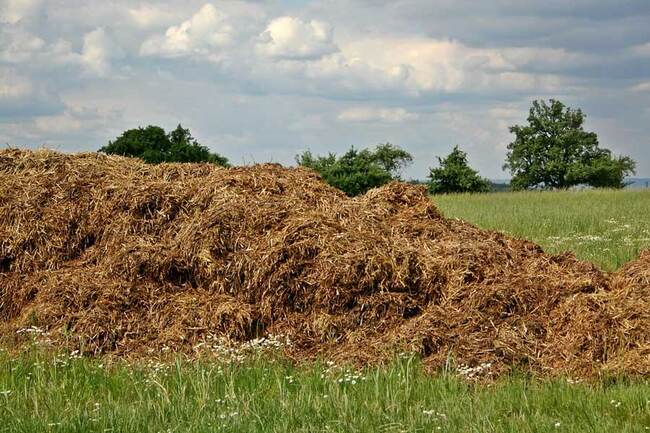
Industrial waste
Distillers’ grains, sugar-free grains, and vinegar residue are examples of industrial waste that has the potential to be organic fertilizer. The use of waste in farming, on the other hand, raises resource use and minimizes pollution. Meanwhile, it relieves the pressure on industry and turns trash into valuable items.
Municipal sludge
The output of municipal sludge is rising over time as sewage treatment plants develop. Many people are more interested in how they can utilize it properly. For urban buildings, using municipal sewage in agriculture is an excellent choice. Organic fertilizer may originate from river mud and sewage. Due to the sludge’s entire composition, it only satisfies the nutritional needs of plant development. As a result, treated sludge can also be used as fertilizer.
The sludge helps improve soil quality and reduce pollutants. It not only solves the waste treatment issue but also encourages plant development.
Forms Of Fertilizers And How To Apply
Fertilizers come in two primary forms: granular and liquid. With each form, you have to know how to apply it correctly.
Granular
Granular fertilizers look like pellets and are dry. Although certain granular fertilizers are fast-release, most of them are slow-release. Slow-release nutrients provide minerals to the grass in a controlled manner over a lengthy period. They usually only have to be applied once during a season. Compound fertilizer contains two or more nutrients, often known as multi-nutrient fertilizers.
Another method for creating compound fertilizers is to combine two or more granular fertilizers of comparable size.
Pros
Granular fertilizers are cost-effective and have a longer-lasting effect. You can store this garden fertilizer for a long time as long as you keep it dry. So, if you discover a reasonable price on the granular fertilizer you love, you may stock up and keep it in your garage for many seasons. Although slow-release fluid fertilizers are available, the solid type of granular fertilizer has a stronger foundation for gently distributing essential nutrients into the soil.
As a result, the fertilizer decreases the feeding times you have to do every year, also avoiding fertilizer burn.
Cons
Although there are certain advantages to using granular fertilizer, there are also some drawbacks. Granular fertilizer needs water to enter the soil. As a result, if you don’t water enough, the primary nutrients may not reach the plant roots. It takes a lot of effort to distribute granular fertilizer. You have to drop the hefty bags into the spreader. Moreover, you must also walk your entire garden in a correct pattern before watering the fertilizer into the ground.
How to apply?
Farmers apply the fertilizer directly to the soil. They may also use the spreader if the garden is large and open. It’s necessary to wash the granules off of the foliage. Remember to activate the fertilizers by watering them after applying.
Liquid
Liquid fertilizer is a concentrated solution of water to be sprayed on lawns. Some start as a dry powder that has to be dissolved in the fluid. Most liquid fertilizers are fast-acting. They’ll start feeding the grass right away. Farmers have to apply the liquid fertilizer more often than slow-release because plants can absorb liquid nutrients quickly.
Pros
Liquid fertilizer is easier to apply. You’ll simply need a water hose and access to flowing water if you use a hose-based sprayer. Soil can absorb the liquid quickly. As a result, the nutrients reach the roots swiftly.
Cons
Liquid fertilizer is an excellent option for most homes, but it does have a few drawbacks. Granular fertilizer can last a full season or more, but the solvent rarely does. If you use liquid fertilizer, you may need to fertilize more frequently. Liquid fertilizer is often more expensive. Plus, there’s the possibility of more regular fertilization. If you opt for this option, you may end up paying more every year to grow your garden.
How to apply?
Most liquid applications require coupling a sprayer to a water hose. Apply fertilizer evenly throughout the grass with a sprayer. If you use too much fluid in one spot, the plants will burn. On a windy day, avoid spraying since the wind may distort where the liquid settles. The best time to apply this fertilizer to growing plants is in the early morning, when the plants are most receptive to absorption.

Conclusion
Fertilizers are your plant’s food. Without sufficient nutrients, plants can’t flourish. Hence, try to invest your time and effort in choosing the right types of fertilizer for your crop. The result will be so rewarding. Hopefully, you will find this article helpful. If you need any further information, please feel free to ask.


